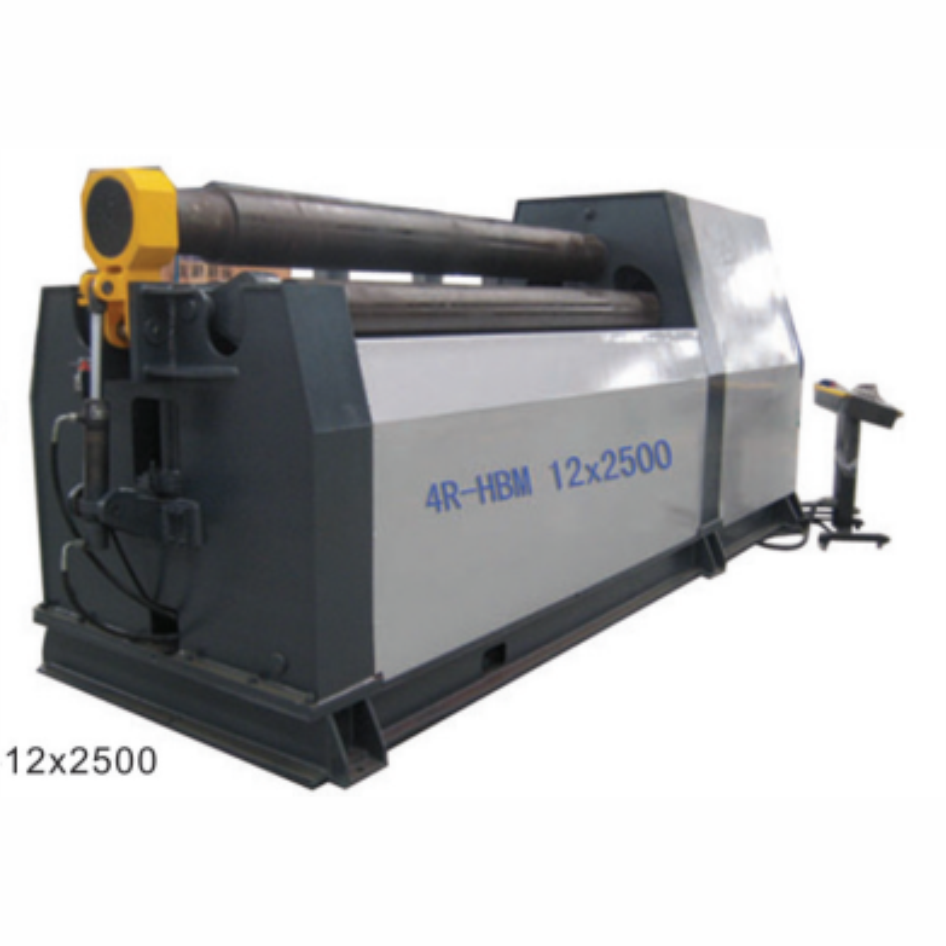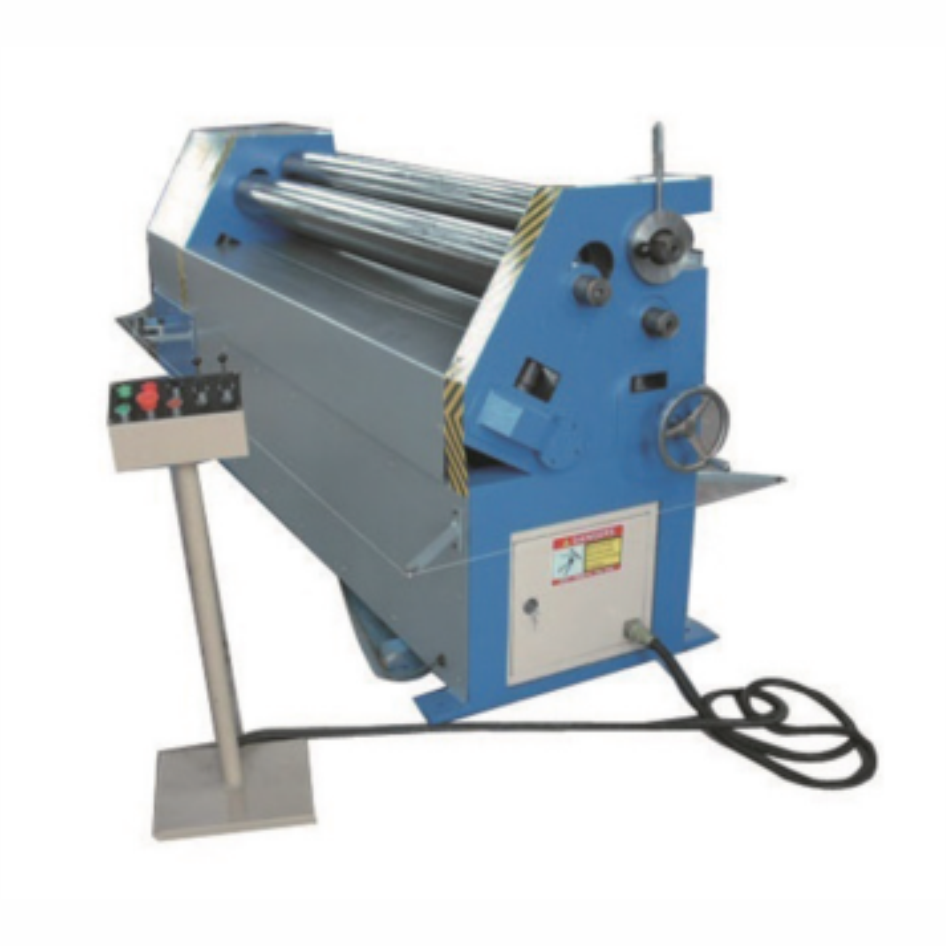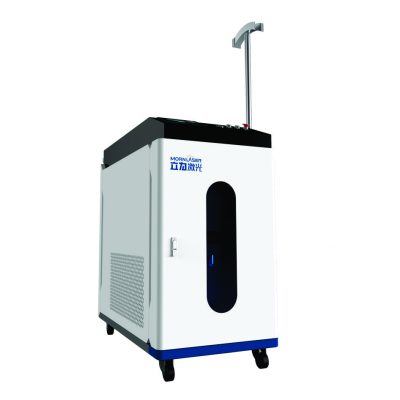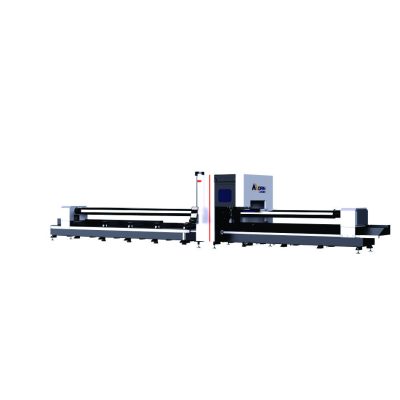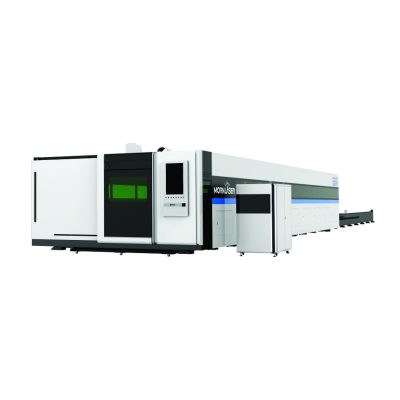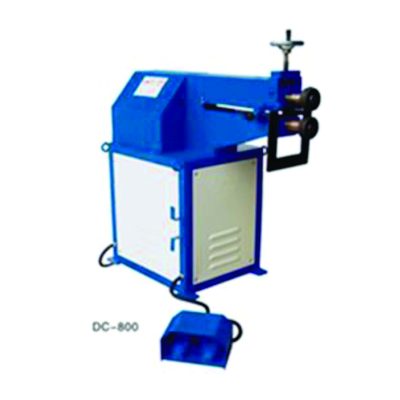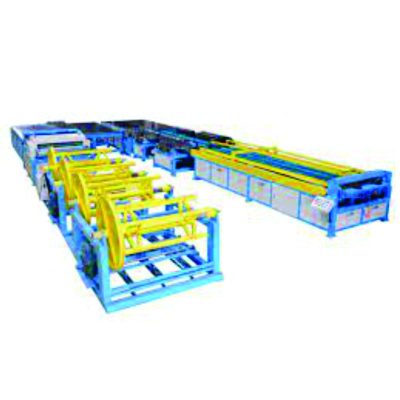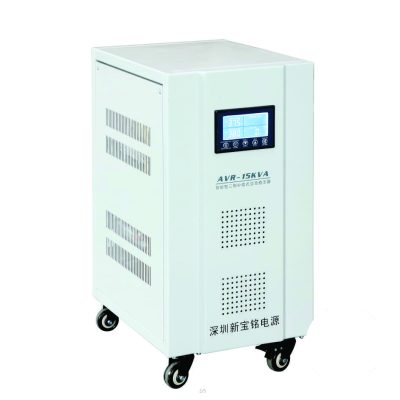Plate rolling machines, also known as plate rolls or rolling machines, are used in metal forming processes to bend and shape metal plates into cylindrical, conical, or other curved shapes. The benefits of plate rolling machines include:
Versatility: Plate rolling machines are versatile tools capable of rolling metal plates into various shapes, including cylinders, cones, and other curved profiles. This versatility makes them suitable for a wide range of applications in industries such as manufacturing, construction, and fabrication.
Material Flexibility: Plate rolling machines can handle a variety of materials, including carbon steel, stainless steel, aluminum, and other alloys. This flexibility allows for the fabrication of different types of components and structures.
Large Capacity: Plate rolling machines come in various sizes, and some models are capable of handling large and thick plates. This makes them suitable for projects that require the rolling of heavy-duty and substantial material.
Precision and Accuracy: Modern plate rolling machines are equipped with advanced controls and mechanisms that provide high precision and accuracy in the rolling process. This is essential for achieving tight tolerances and meeting design specifications.
Cost-Effective Production: Plate rolling machines offer a cost-effective way to produce curved components and structures. Their efficiency and ability to handle large plates contribute to faster production times and reduced labor costs.
Reduced Welding Requirements: By using plate rolling machines to form curved sections, the need for welding multiple smaller pieces together can be reduced. This results in stronger and more homogeneous structures, often with improved structural integrity.
Customization: Plate rolling machines allow for the customization of curved shapes based on project requirements. Whether it's a specific radius, diameter, or length, these machines provide the flexibility to meet design specifications.
Complex Geometries: Plate rolling machines can produce complex geometries beyond simple cylinders, such as elliptical shapes or asymmetrical curves. This capability is beneficial in applications where non-standard shapes are required.
Time Efficiency: Plate rolling machines can streamline the fabrication process by bending large plates in a single pass. This time efficiency is particularly advantageous for projects with tight deadlines.
Reduced Material Waste: By accurately forming plates into the desired shapes, plate rolling machines help minimize material waste. This is environmentally friendly and contributes to cost savings.
Adaptability to Different Industries: Plate rolling machines find applications in various industries, including shipbuilding, oil and gas, construction, and manufacturing. Their adaptability makes them valuable tools in different sectors of the economy.
|

